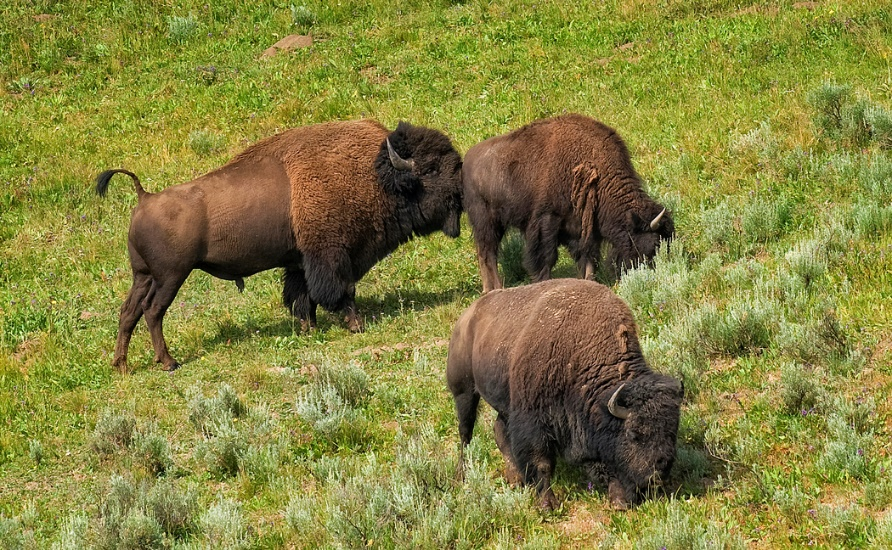Jim's Obituary written by his daughter Tina. Jim's biography can be read here.
Prof. James Allen Bailey of Belgrade, MT, finally let go the mortal coil on May 30, 2023. He had just finished mowing the lawn and sat down to rest on the back porch to gaze at his “shining mountains,” fell asleep and did not wake up. He died knowing the Cubs had won that day. He was aged 89 years and 16 days.
Jim was born at home on Melrose Street in Chicago, Illinois to Ella Voss Bailey and Leo Carl Bailey. He was an Eagle Scout and was presented his badge by Rear Admiral Richard Byrd, Antarctic explorer. He earned his B.Sc in Forestry at Michigan Technological University and his M.Sc and Ph.D in Wildlife Biology at State University of New York in Syracuse.
He met his bride, Natalie Ann Jewett, in Syracuse while busing tables at the Savoy Restaurant. He told her his name was George G. George and she believed him for weeks. Jim and Nan enjoyed travelling the wide open road in several different motor homes throughout the years and particularly enjoyed the southwest. He often sang “You Are My Sunshine” to her and she always made sure he had cookies in the cookie jar.
Jim served as a researcher in the Army Chemical Corps when he was drafted in 1960. He began his long career as an instructor of Wildlife Management at the University of Montana in 1964. He then joined the faculty in Wildlife Biology at Colorado State University in Fort Collins where he remained from 1969 until 1991. Upon retiring, he took a position as Assistant Director of Conservation Services at the New Mexico Game and Fish in Santa Fe, serving from 1994 through 1991. He also consulted for several tribes and reservations seeking input on managing their big game populations. Jim and Nan moved to Belgrade in 2005 where he began to study, write about and tirelessly advocate for wild bison.
Jim was the author of several books and numerous publications and articles in the field of wildlife management, including The Principles of Wildlife Management and American Plains Bison, Rewilding an Icon. He and his many graduate students conducted extensive research and collectively contributed many publications while observing Bighorn Sheep and Rocky Mountain goat populations in Colorado. Jim’s last crusade was as coordinator of the Montana Wild Bison Restoration Coalition, seeking to reintroduce wild bison to the CM Russell Wildlife Refuge.
He was a member of the Colorado and New Mexico chapters of The Wildlife Society, The Gallatin Wildlife Association, a Life Member of the Rocky Mountain Bighorn Society, the Desert Bighorn Council and the Northern Wild Sheep and Goat Council. He was also an official member of the Die Hard Cub Fan Club since 1944 and lived to see “the day hell froze over.”
He is survived by his wife Nan, brother Richard of Novato CA, daughter Tina of Auburn CA, son Mike of Willow Creek MT, grandson Kirk of Belgrade MT, granddaughter Sara of Loomis CA, grandson Evan of Aloha OR and great granddaughter Nova Rainbow of Loomis CA. No services are planned at this time.
Vaya con Huevos, Jim. May the coffee in heaven be dark as mud and the beer cold as mountain run-off.







